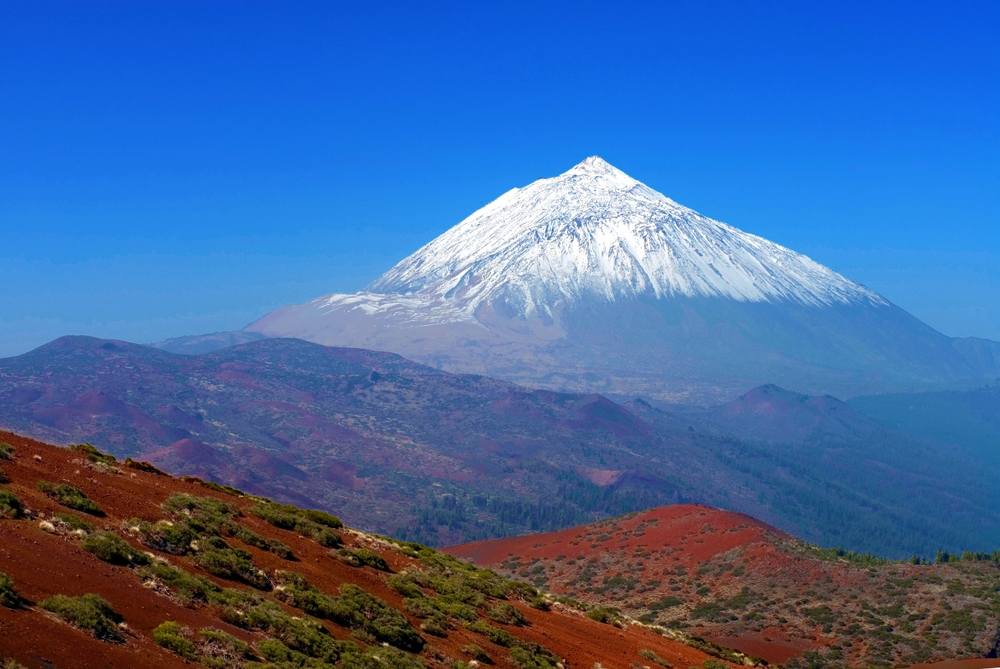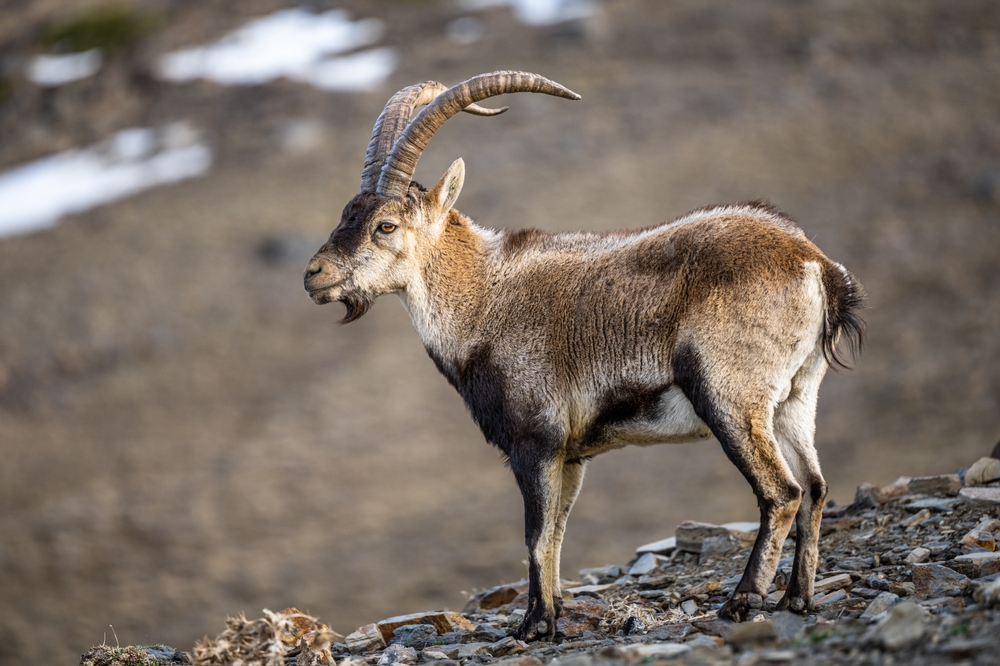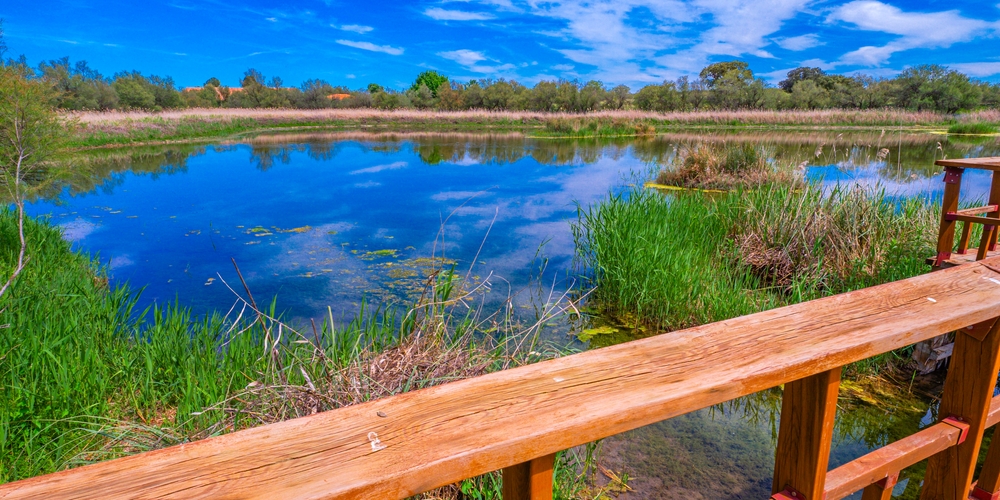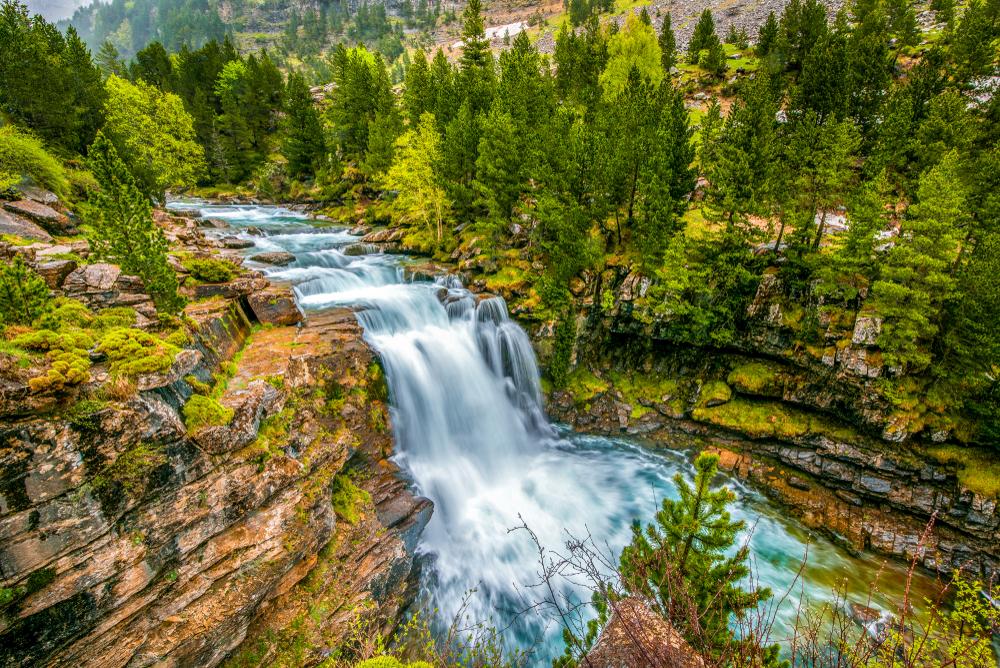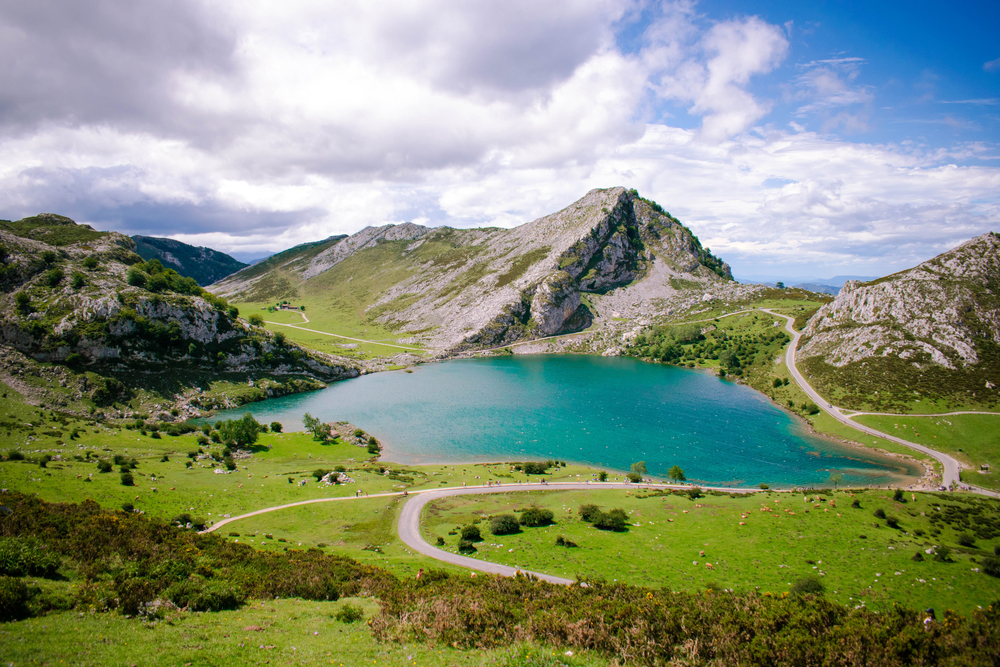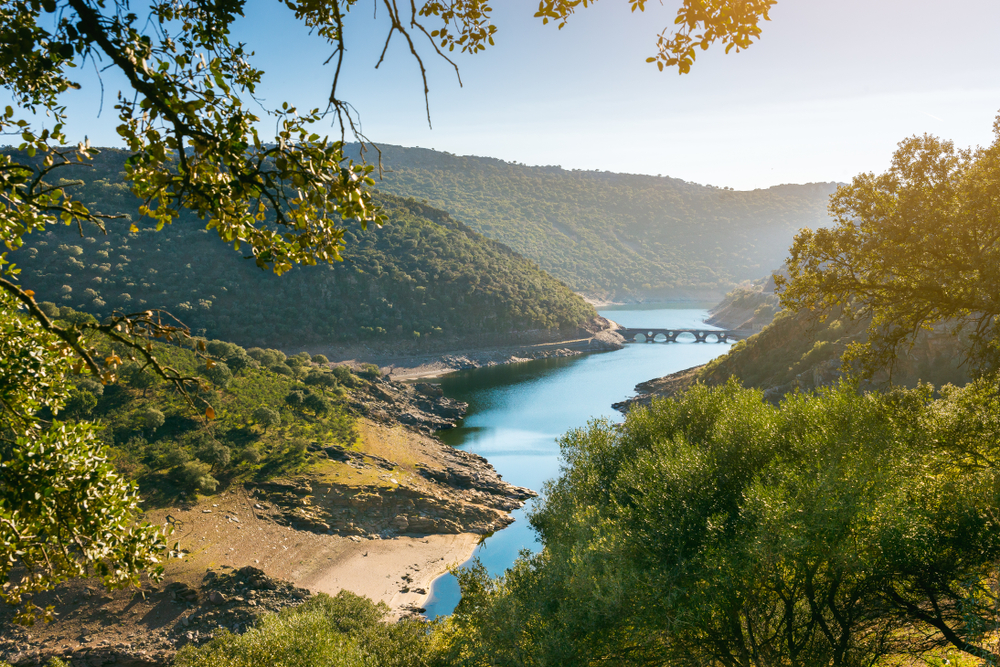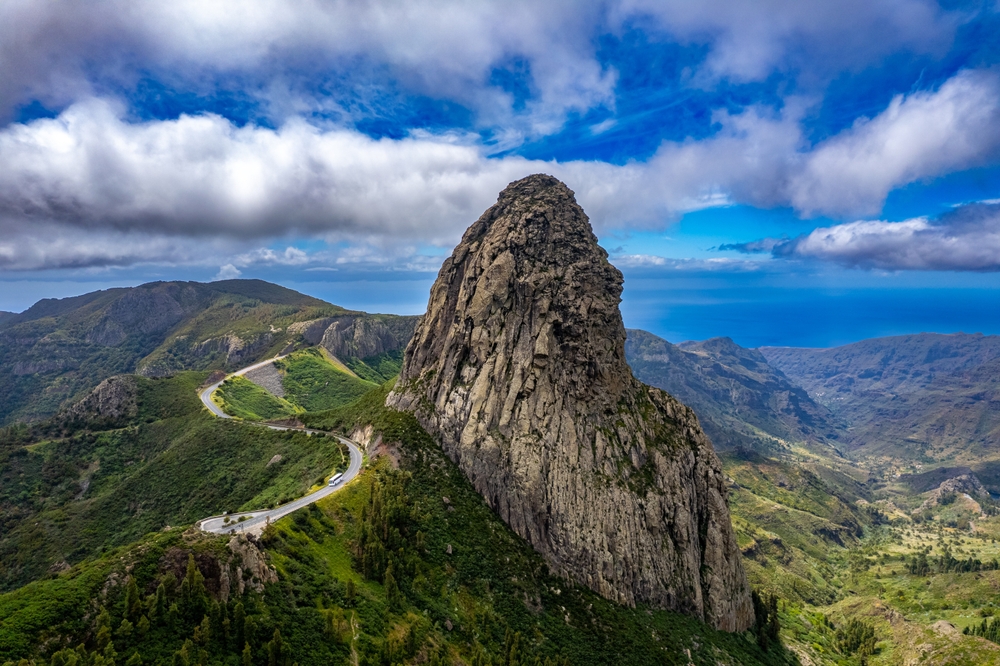Teide Overview
Teide National Park, known as Parque Nacional del Teide in Spanish, is located on the island of Tenerife in the Canary Islands, Spain. Covering an area of approximately 73.5 square miles (190 square kilometers), it is the largest and oldest national park in the Canary Islands and one of Spain’s most visited natural attractions.
The park is centered around Mount Teide, a stratovolcano that rises to an elevation of 12,188 feet (3,715 meters), making it the highest peak in Spain and the third tallest volcanic structure in the world when measured from its base on the ocean floor.
The park’s dramatic and otherworldly landscape has earned it UNESCO World Heritage status, attracting visitors from around the world who come to witness its striking volcanic terrain, endemic plant species, and breathtaking views.
The park’s terrain is dominated by rugged lava fields, craggy rock formations, and expansive plains of volcanic ash, creating a stark but mesmerizing landscape. The Roques de García, a famous collection of rock pinnacles shaped by erosion, stand out as one of the park’s most photographed features.
The Las Cañadas caldera, a vast depression measuring about 10 miles (16 kilometers) in diameter, is another defining geological feature of the park. Within this caldera, volcanic cones, craters, and lava flows stretch across the terrain, showcasing a spectrum of colors from deep reds and browns to yellows and grays.
Despite its arid appearance, the park supports a surprising variety of vegetation, including the endemic Teide white broom (Spartocytisus supranubius), which blankets the landscape in white blossoms in spring, and the towering Teide bugloss (Echium wildpretii), which produces striking red flowers that can reach up to 9 feet (3 meters) in height.
Teide National Park is home to a diverse array of wildlife adapted to its high-altitude and volcanic conditions. Among the most notable mammals are the Canary Island lizard (Gallotia galloti), rabbits, and Barbary sheep, which have been introduced to the area.
Birdwatchers can spot kestrels, blue chaffinches, Berthelot’s pipits, and the hoopoe, among other species that thrive in the park’s unique ecosystem. Invertebrates are especially abundant, with more than 40% of the insect species found here being endemic to the Canary Islands.
One of the most popular ways to experience Teide National Park is by taking the cable car, which ascends to an altitude of about 11,663 feet (3,555 meters), offering spectacular panoramic views of the surrounding landscape and, on clear days, views of neighboring Canary Islands.
Hiking is another favored activity, with well-maintained trails leading through lava fields, up volcanic slopes, and to viewpoints overlooking the caldera. The most challenging and rewarding hike is the ascent to the summit of Mount Teide, which requires a permit for access to the final stretch.
The park is also known for its extraordinary stargazing opportunities, as its high altitude and lack of light pollution make it one of the best places in the world for astronomical observation.
Conservation efforts in Teide National Park have focused on protecting its fragile ecosystem from the impact of heavy tourism. Measures such as regulated visitor numbers, strict trail guidelines, and ongoing habitat restoration projects help to preserve its unique biodiversity.
While challenges such as climate change and the introduction of non-native species pose threats, continued conservation efforts ensure that this remarkable landscape remains a protected and treasured natural wonder for future generations.








































































